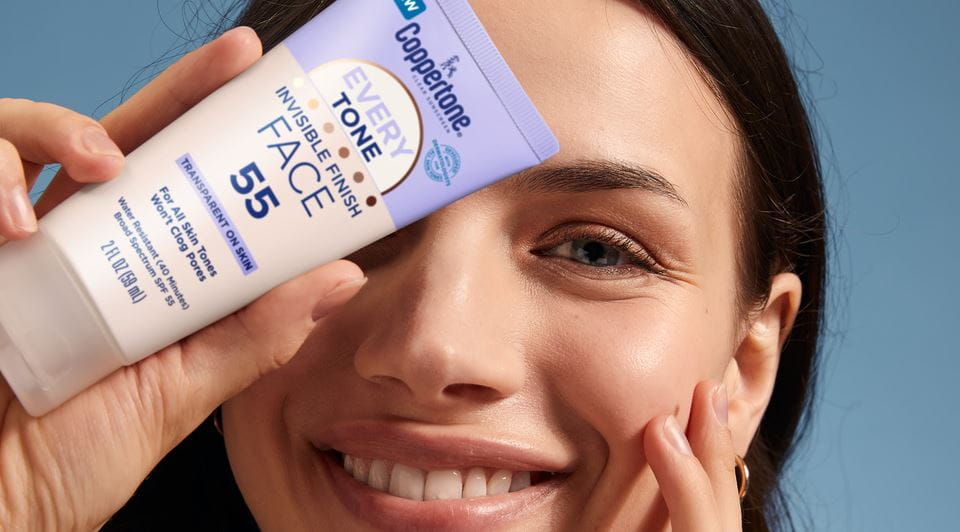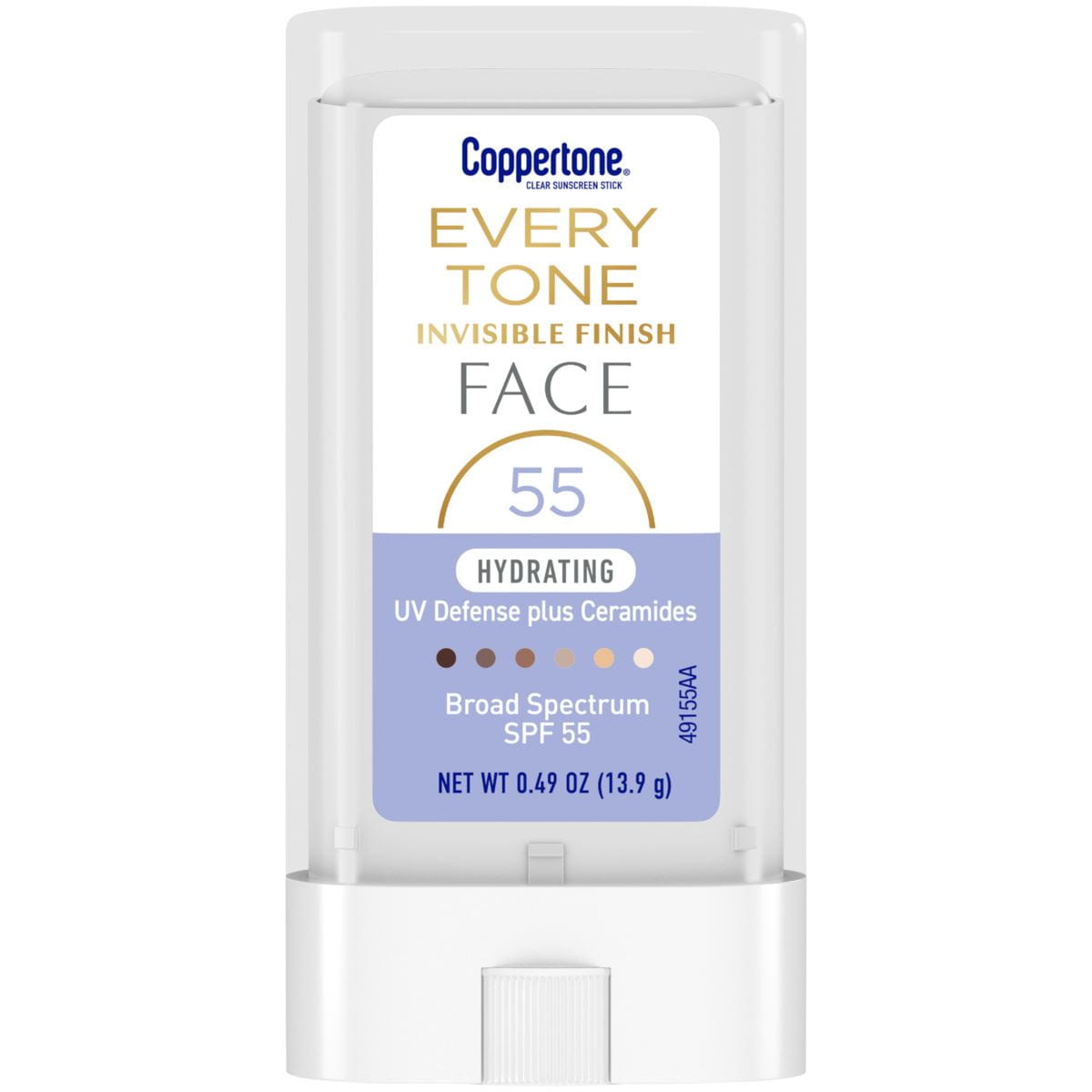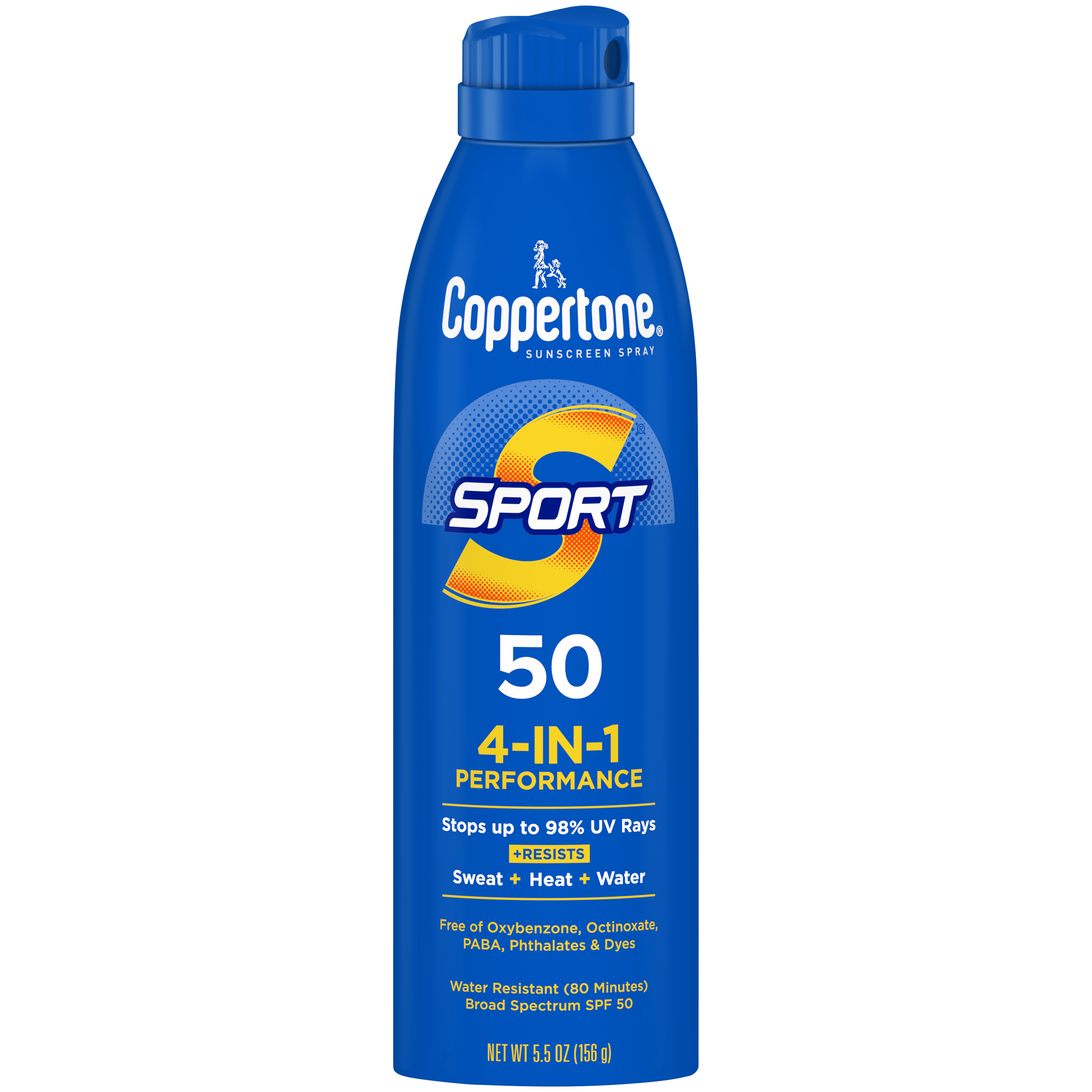
UV Index: Find your local level today
Everything you need to know about the UV Index, UV index today, and the UV index scale
UV tracker
Search for your local UV Index using your postal code or city
*Does not account for reflective surfaces: concrete, sand, snow or water or Altitude. Concrete, sand, water, and snow reflect 85% to 90% of the sun's UV rays.
YOUR UV INDEX IS [uvIndex]
It’s a low UV index for [city]
YOUR UV INDEX IS [uvIndex]
It's an average UV index for [city]
YOUR UV INDEX IS [uvIndex]
It's a high UV index for [city]
YOUR UV INDEX IS [uvIndex]
It's a very high UV index for [city]
YOUR UV INDEX IS [uvIndex]
It's a very high UV index for [city]













